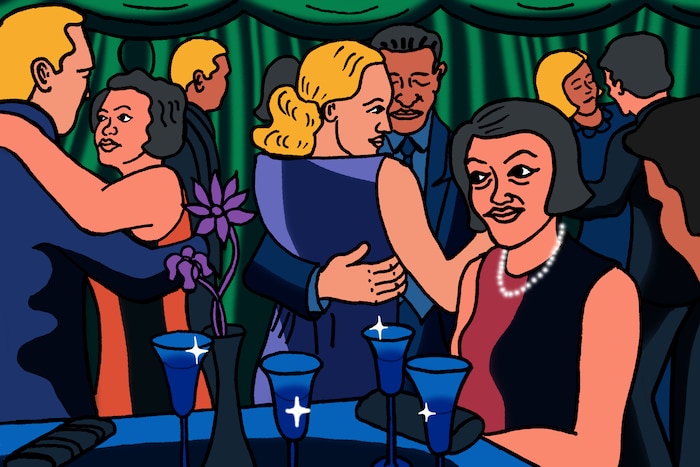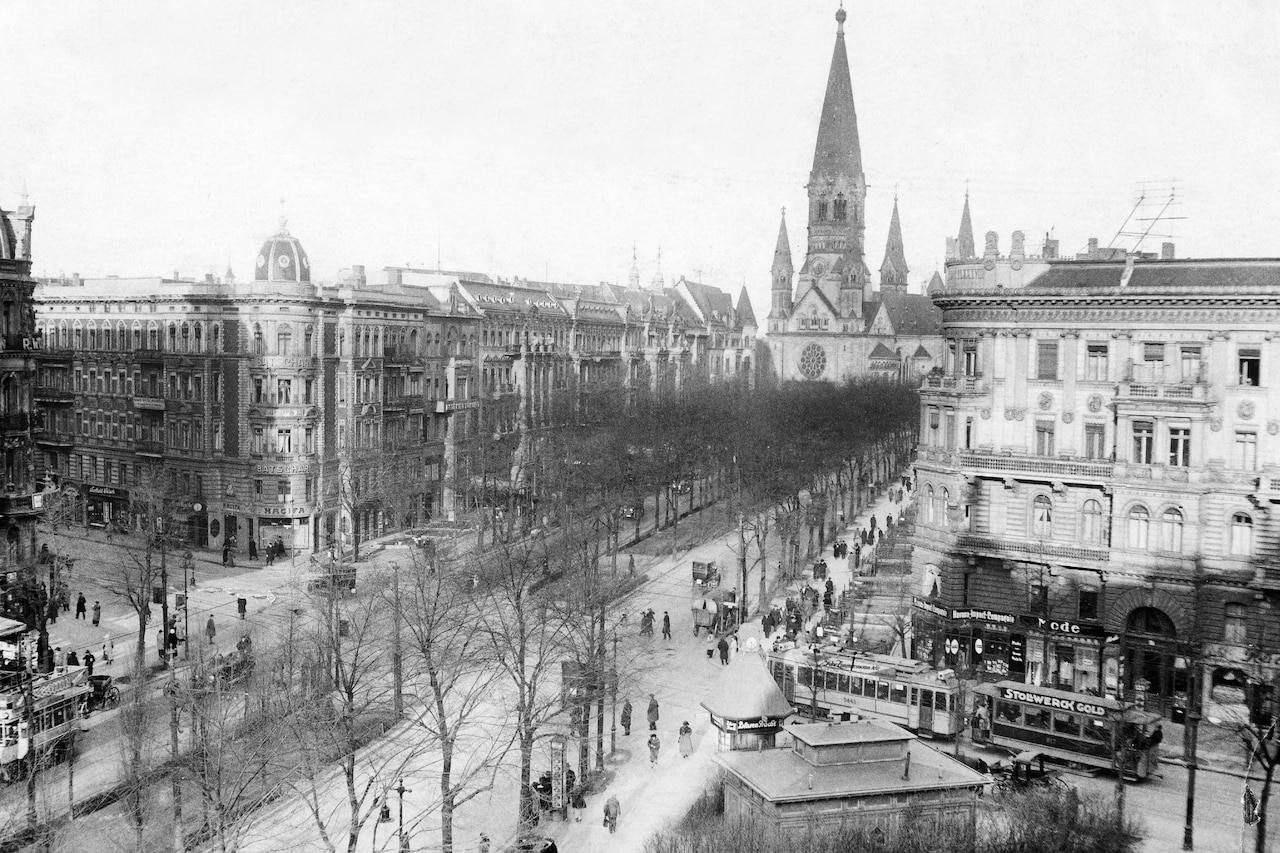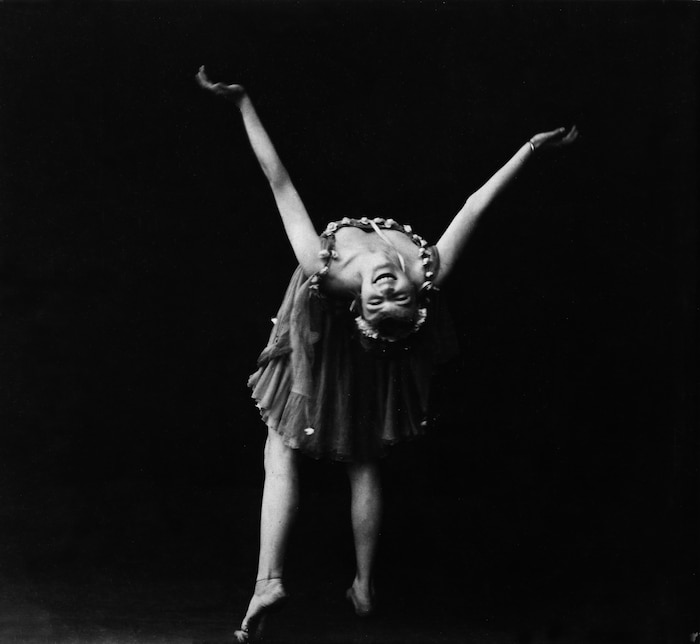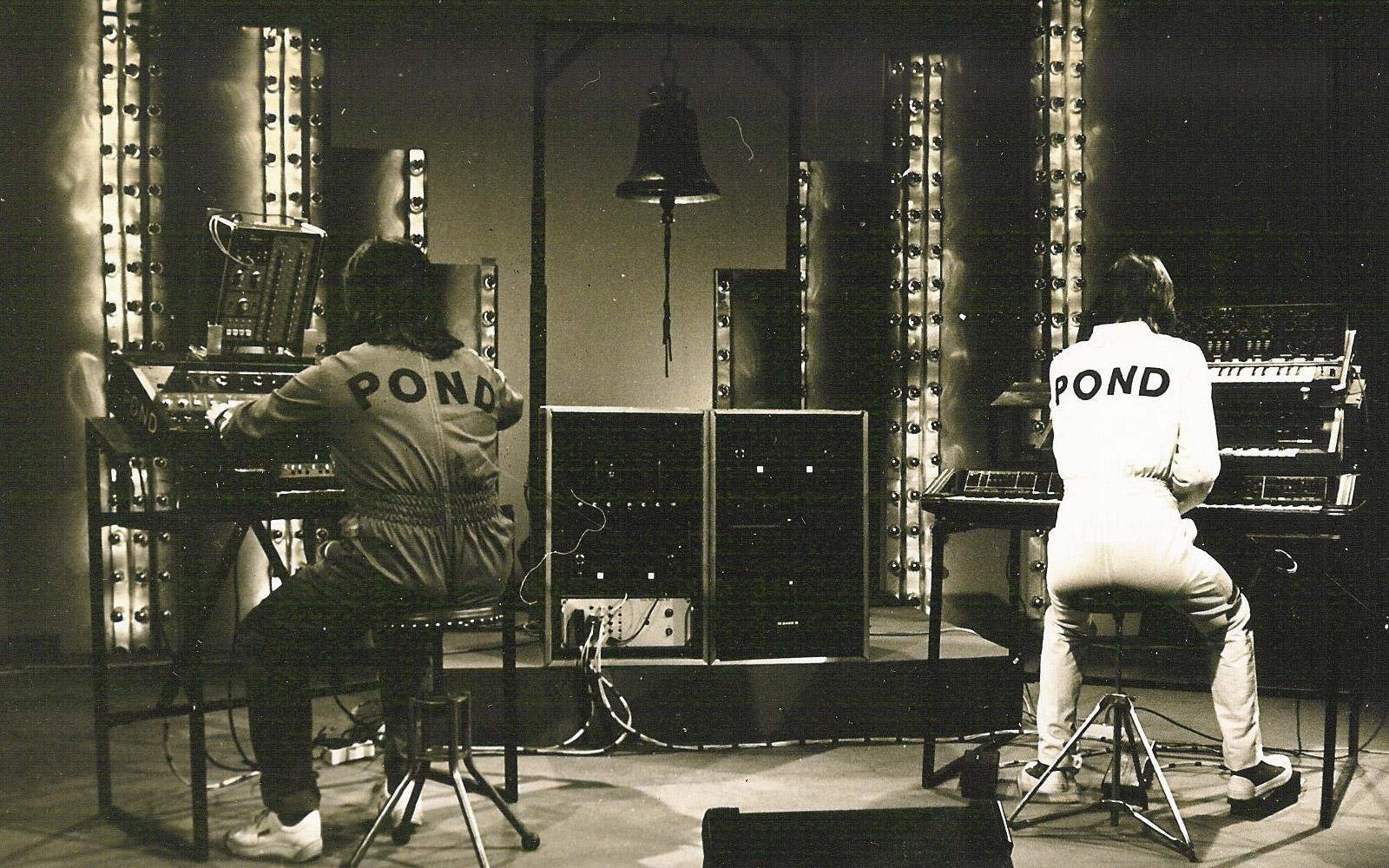Revue & Rave in Berlin: 1920s Club Culture and What’s Left of It
Arno Raffeiner traces the roots of the city’s club culture back to the extravagant decade

“Stomping machine noises, several pieces of music overlapping, honking and whistling, noise, laughter, a scream from the congregated masses.”
If you’re wondering, no – the above doesn’t describe peak time at a nightclub in today’s Berlin. Neither is it an example of poetry in the Neue Sachlichkeit style. The quote is an excerpt from an assessment by the Higher Administrative Court of Berlin in 1922. The judge was describing the background noise at a trade fair, which he thought would be damaging for the nerves of the metropolitan population and therefore needed to be prevented after 10 PM. However, it was no small task to quiet the screaming of the crowds. In the 1920s, during the era of the Weimar Republic, these crowds were exactly what led to the fame of Berlin’s wild and sinful nightlife around the globe.
It was clear that all of this could explode at any moment, that it would not last. Therefore everything should be colorful and flashy, for as long as humanly possible.
Today, 1920s Weimar Berlin is fodder for online fashion listicles, the type you scan through when all you want to do is stay inside: “The best hairdos of the ’20s – with styling tips!” However, a less nostalgic appraisal of that decade, which spanned the years between World War I, the world economic crisis in 1929 and the seizure of power by the Nazis, makes it clear that much of the evocation of the Golden ’20s at costume parties is misguided. All the fuss about flapper girls, cabarets, swing orchestras and the culturally flourishing young metropolis overshadows the graveness of the political tensions at that time and the harsh economic realities that affected the larger part of the population – and how both these factors defined everyday life at any given moment.
In 2017, the TV series Babylon Berlin pulled off the feat of depicting both the rough and the nostalgic sides of that era. Centered around a crime plot with elements of political intrigue, murder and greed, the series provided a nuanced panorama of the social, economic and cultural climate of the time. The modern metropolis served as its backdrop – a city like a steam engine, going full throttle at all times, unstoppable and relentless.

Lust and Loot
“Everyone in Berlin once!” Thus read the slogan of an early city marketing campaign, whose billboards actually did feature images of steam engines, and a logo that incorporated the silhouette of the Brandenburger Tor. At the beginning of the 21st century, the slogan became “arm, aber sexy” (“poor but sexy”) – an initiative by mayor Klaus Wowereit, the first openly gay top-tier politician of the BRD – but that motto would have been equally apt for a tourism campaign in the 1920s. The lives of most of the city’s inhabitants were shaped by poverty, and sexuality was defined by a certain looseness following the moral convulsions and deprivations of World War I.
In hindsight, this can be misread as a charmingly laissez-faire attitude. Babylon Berlin, however, does not buy into this myth. Starting with the first “dark room” scene, the series makes clear that the relaxed display of physicality is, for the most part, dictated by the laws of “love for sale.” The main protagonist, Charlotte Ritter, played by Liv Lisa Fries, confidently strides through the establishment Moka Efti, a hybrid form of bar, restaurant, discotheque, brothel, scenester hangout and underworld hotspot. Charlotte, an aspiring policewoman, has a good time on the dancefloor, takes whatever she desires from the counter and offers casual sadism in full dominatrix gear to her suitors.
This was a time when contraception worked somewhat differently (or not at all) and promiscuity came with consequences and social sanctions, nearly entirely directed at women. A focus on the transactional seems logical. Babylon Berlin depicts its main female protagonist and most appealing figure without any constraints, side-hustling as a prostitute at a high caliber nightclub. The argument for flouting social conventions is simple: She needed the money.
Time in Numbers
By the end of December 1927, Berlin was home to roughly 4.2 million inhabitants. It had been the third largest city in the world after London and New York since 1920. Following the fall of the Berlin Wall in 1989, the predicted demographic growth in the reunified capital was a long time coming. Only recently has it caught up with predictions. The past five years have welcomed a quarter million new Berliners, bringing the population up to 3.6 million people by the end of 2017, roughly 600,000 of whom do not have a German passport. Curt Moreck’s 1931 Guide to Sinful Berlin speaks of more than 1.5 million visitors per year. The Berlin-Brandenburg Office of Statistics stated that the city received almost 13 million visitors in 2017, compared to five million in 2001. The steam engine is back on track. Everyone in Berlin once!
An important catalyst for the dance revues, cabarets and ballrooms of the 1920s was the advent of a new societal division between working class and civil service. After a long day of sedentary and solitary work, these office workers sought out movement and amusement. They earned enough money to seek out their amusements at nightclubs. A few decades later, a similar role could be seen as being occupied by Berlin’s party tourists, with their attendant bookings of budget airlines, hostels and Airbnb rooms. It is they who keep the increasingly international amusement apparatus of Berlin going. Without this form of “Easyjetset,” as described by Tobias Rapp in his book Lost and Sound, the abundant possibilities provided today by Berlin’s nightlife would be unimaginable.
Akin to the market for adventurous desires in Berlin in the ’20s, the city offers a huge demographic the promise of an ability to self-experiment in protected spaces. It’s not incidental that, then and now, emancipation, androgyny, queerness and gay culture, lust and excess are central elements of the nightly experience. Witnessed from special, guarded spaces, the city seems like one big revue of otherness.
Babylon Berghain
Berlin was, at the turn of the 19th century, likened to a stage for the trials of the biblical “whore of Babylon.” Today, a different kind of B-word has become synonymous with those notions of the sweaty and the naughty that the city is internationally renowned for: Berghain. The techno club’s name has long been its own code, serving as a stand-in for all the promises of Berlin, and as a symbol brimming with the personal desires of all who have (or have not) been there.
Club culture has always appropriated spaces that no one else could find meaning in. The famous saying “dancing on the volcano,” referring to a potentially combustive political and economic climate, was in use before the wild vertigo of the ’20s even started, in February 1919, three months before the declaration of the Weimar Republic. The new republic declared Berlin the capital of a new state without an emperor, with Republicans, Socialists, Nationalists and Communists fighting for power. It was a state whose future seemed precarious right from its inception. It was clear that all of this could explode at any moment, that it would not last. Therefore everything should be colorful and flashy, for as long as humanly possible.
The Charleston’s improvised choreography highlighted the contradictions between rising individualism and the simultaneous reign of mass culture.
“Enjoyment is at the core of this,” Curt Moreck formulated in his book about sinful Berlin. What he wrote in 1931 unquestionably applies today: “The assumption that this demand for enjoyment must be strong, very strong at that, is proven by countless discotheques in Berlin.” Back then, the dancefloors were dominated by a dance from the southern US: the Charleston. This rapid heels-up-high game in 4/4 time didn’t have to be danced with a fixed partner. You’re by yourself, but in principle you’re flirting with everyone on the floor. In this way, the Charleston dance was a fitting metaphor for the times. Its improvised choreography, en masse, highlighted the contradictions between rising individualism and the simultaneous reign of mass culture. The very same thing happened in the continuous, driving soundstream of electronic club music: The individual dissolving into the masses. To dance without physical contact vis-a-vis a singular person, ideally feeling connected with everyone.
Arguably the best-known spot for those sex-positive gatherings today is KitKat Club in Berlin-Mitte. The place took its name from the 1966 musical Cabaret, which itself is based on two autobiographical novels by Christopher Isherwood, one of the main figures of the queer scene of the 1920s. These chains of reference pop up all the time. Another more straightforward example is the club Anita Berber in Berlin-Wedding, which was named after the dancer and actress who preferred to perform naked and gained additional infamy for her cocaine and morphine consumption. Weakened by her lavish lifestyle, she died in November 1928, shortly before her 30th birthday, from tuberculosis. Her deathbed stood at Bethanien Hospital, where the annual CTM Festival for Adventurous Music and Art celebrated its start. One can’t escape history. Especially not if it’s made up of ruins, such as Berlin after the gravediggers of the Weimar Republic had paved the way for the city’s coming catastrophes.

Let There Be Rave
Babylon Berlin, too, takes the political to the dancefloor. The second episode culminates in a lengthy montage stripped of any dialogue. Breathless, opulent and dizzyingly staged, pushed by the drum rolls of the title track (aptly named “To Ash, To Dust”), all the chasms between the protagonists, the locations and of the era as a whole are revealed: the entanglement of everybody in sexual tension and political turmoil, their hunger for money and might and life.
60 years after this fateful night portrayed in Babylon Berlin, and 44 years after the end of World War II, a more happy-go-lucky era kicks in. It starts with the reclaiming of a street that was a famous 1920s amusement strip. On July 1st, 1989, the first Love Parade rolled down Kurfürstendamm. It was an open-air jamboree full of sunshine, whistles and screaming masses, open to anyone willing to dance with feather boas and welder’s glasses side by side with half-naked people to the sound of this new, stomping machine music from the northern US.
Four months later, the Berlin Wall came down. This part of Berlin history, which we might all still be too close to to tell the story without glorifying it, goes like this: After the peaceful revolution and the end of the GDR dictatorship came a democratization through techno – and the city blossomed culturally. The immense possibilities yielded by spaces in the former wastelands in the city center and the Eastern precincts were the beginning of many new stories, with enough material for a whole separate history class. Berlin club culture feeds off that potential to this day – and from the people who long to dance, maybe even without a volcano under their feet.
Translation by Julian Brimmers

